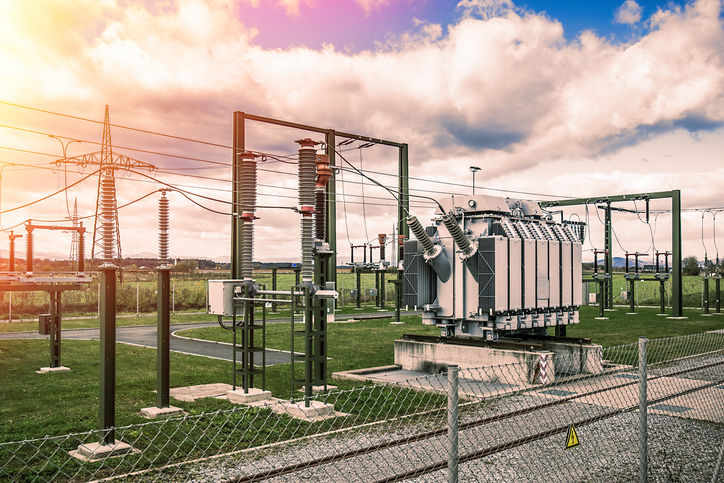Blog
What is an Electrical Substation? (& the Main Types)

According to a 2016 article from foreignpolicy.com, there are over 55,000 substations and over 450,000 miles of high-voltage transmission line in the United States today. These substations play a critical role in effectively delivering power to residencies and commercial buildings across the country every day.
Substations exist as part of the larger electrical grid system to transform high voltage into low voltage and vice versa. These “middle man” stations work to deliver power from the main generators to the end user.
Step up and step down substations. As mentioned above, a substation’s main function is to transform voltage upon receipt for delivery. Step up substations transform low voltage to high voltage, while step down substations transform high voltage to low voltage.
Distribution substation. Nearest to the end user, these are necessary to deliver low levels of voltage for residential and commercial needs. In most scenarios, these stations will be fed by the step down substations.
Indoor, outdoor and underground. Substations are built in one of these three main environments. In all cases, lineman are responsible for the daily upkeep and intermittent restoration needs. Lineman are an integral part of the success of these 55,000 substations nationwide and the electrical grid as a whole.
For more on substations, visit osha.gov, or reach out to the expert team of technicians at Electro Industries. Users worldwide depend on EIG power meters to monitor power information within substations, industrial facilities and commercial buildings.



